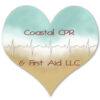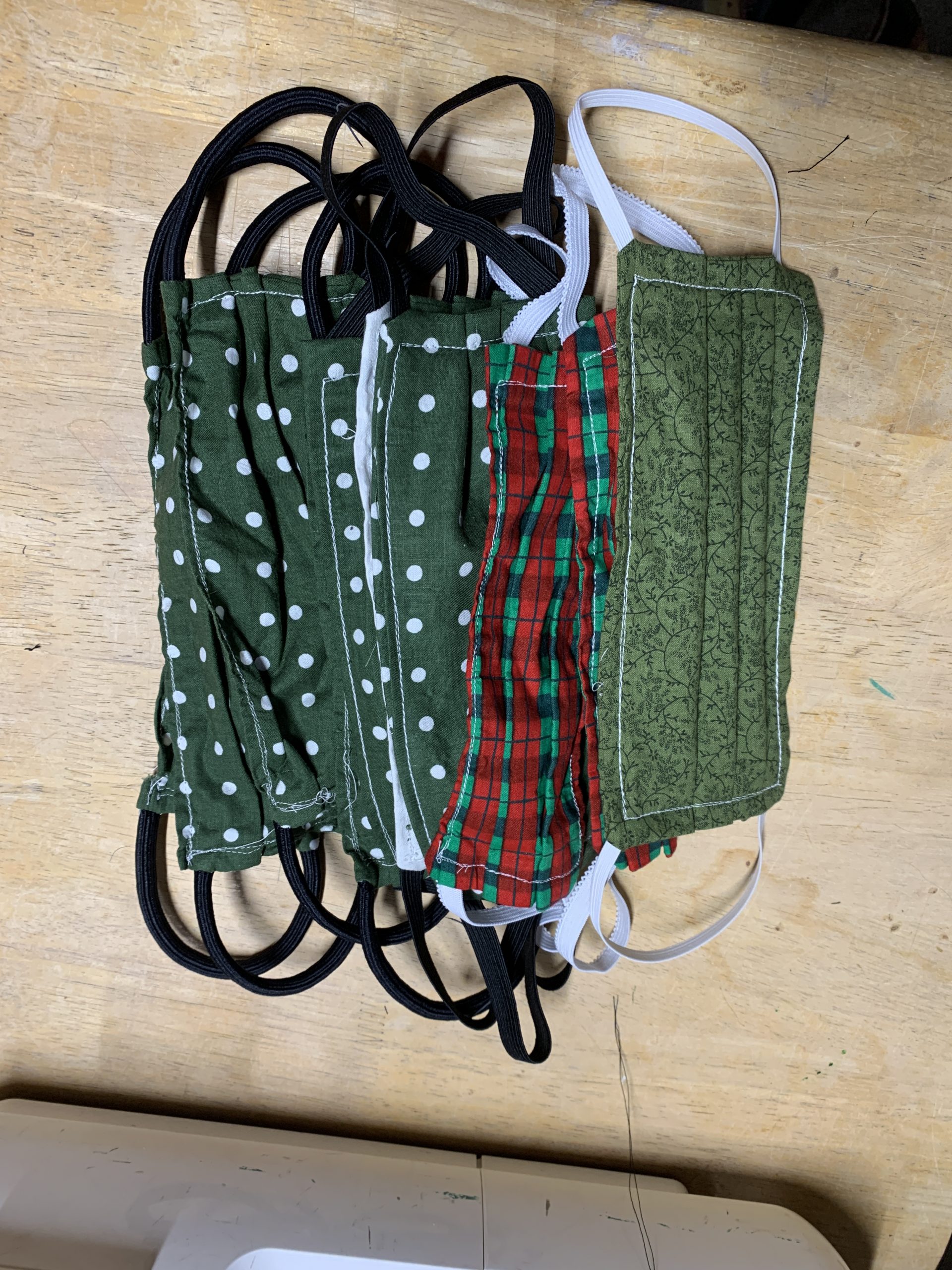So you’re thinking about becoming a CPR instructor … here’s the steps and some questions to ask yourself before taking an instructor course.
- First, here are the 4 official steps to becoming an AHA instructor:
- After being accepted by an authorized AHA Training Center, complete an Instructor Candidate Application for the Training Center before enrolling in an AHA Instructor Course.
- Have current AHA provider status in the discipline for that Instructor Course and be proficient in all the skills of that discipline. Disciplines include ACLS, BLS, PALS, PEARS and Heartsaver.
- Successfully complete the Instructor Essentials Course for the discipline for which you are becoming an Instructor, including both the online portion and the classroom/hands-on session.
- Successfully be monitored teaching within 6 months of completing the hands-on session of their Instructor Essentials Course (Training Center Coordinators may require additional monitoring, if needed)
But there are a few other things to factor in or figure out first. Your Why, Who, and Where.
Why do you want to become an instructor? There is no perfect or correct answer to this question. Do you want to train your co-workers? Is this a workplace requirement for you? Do you know the importance of knowing CPR and want to train more people to save lives? There is a bit of a commitment as an instructor, which I’ll explain in moment.
Who do you plan on teaching? You should have a general idea of who you will be teaching classes to. Your co-workers or employees? Nursing home staff? Childcare providers? The general public?
Where do you plan to hold your classes? You might be completely mobile traveling to provide classes on location. You might want to have a location for open-enrollment classes. You will need a place to store all your training equipment. This might be your home if you are not training at work.
There are several ways to be successful as a CPR or First Aid instructor. Some instructors teach as a small business holding open enrollment classes or traveling to business and organizations to hold classes. Some instructors teach solely at their workplace. Some instructors teach for other instructors, for Training Sites or at Training Centers.
If you are planning on teaching your own classes – not providing training for someone else (work, Training Site, or Training Center), you’ll need to have your own CPR and First Aid equipment. This is where knowing your Why, Who, and Where are important. CPR equipment is expensive. You will need to purchase or make plans to borrow or rent manikins, AED trainers, pocket masks, BVM’s for BLS and First Aid supplies if you’re planning on teaching First Aid. You will also need to purchase your instructor videos and manual as well as provider or student manuals for your course participants. If you are planning on teaching on your own you may also need to purchase insurance and register with your state or municipality.
Teaching CPR has some upfront expenses. If you have not planned out your Why, Who, or Where you may spend a lot of money but not have classes or students to help you to pay off those expenses. Becoming a CPR instructor is a lot like starting a new career or business. Take some time to plan it out first before taking your instructor course.
Hopefully I have not dissuaded you from teaching CPR! It is one of the most rewarding things that I do and I love teaching people how to become CPR instructors. If you have any questions or would like to know more please comment or reach out to me at info @ coastalcpr.com.

